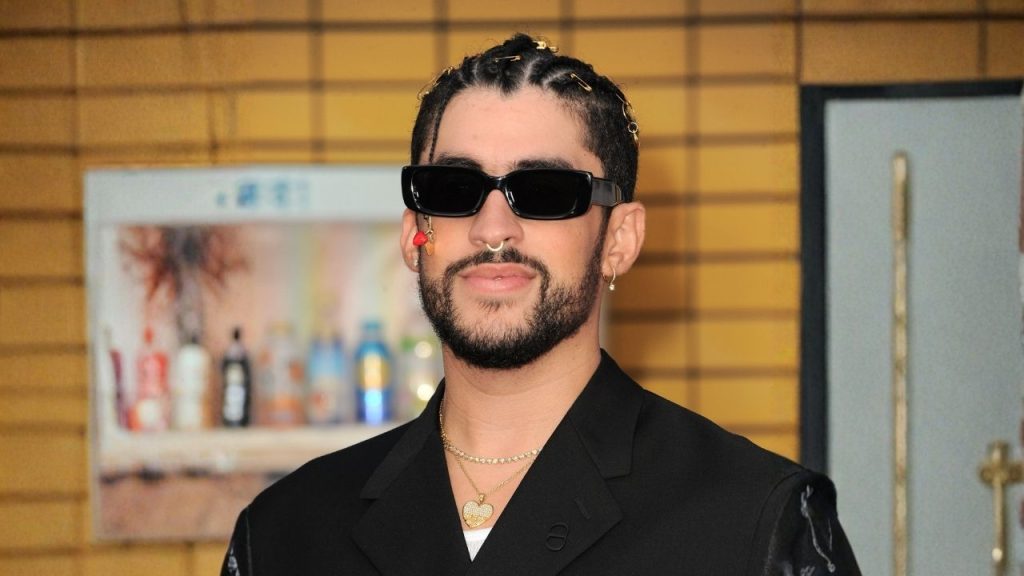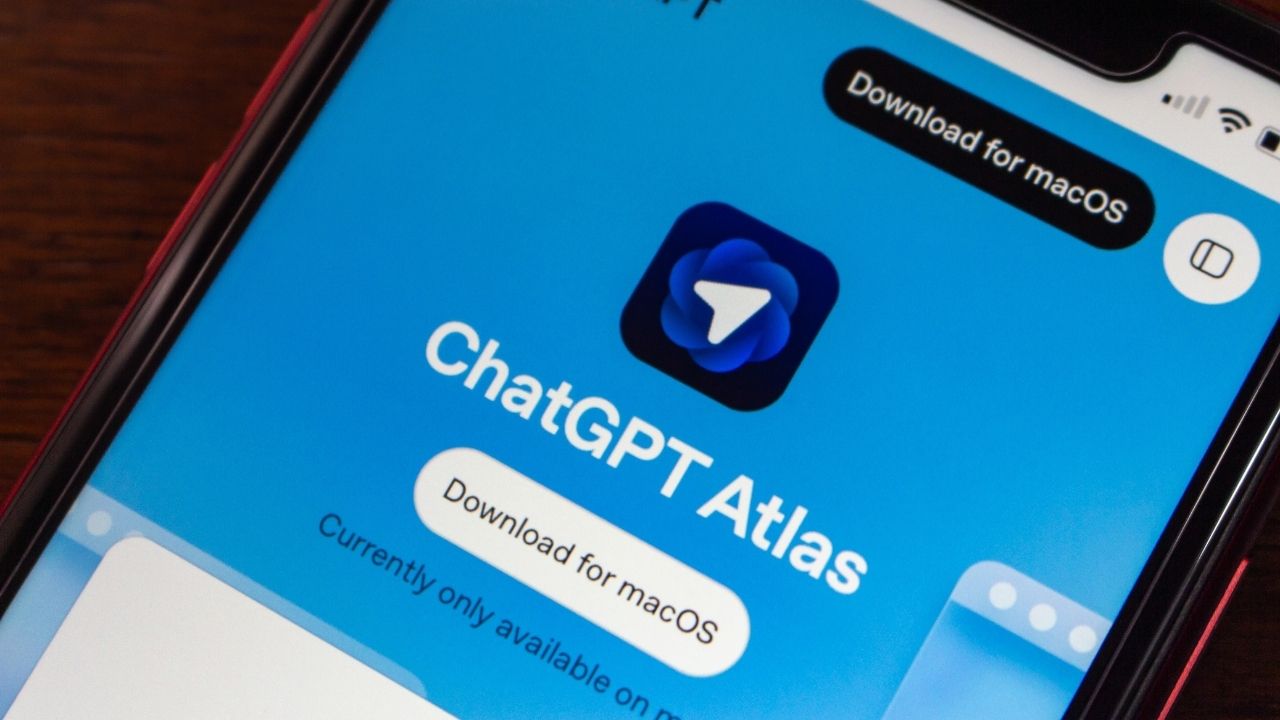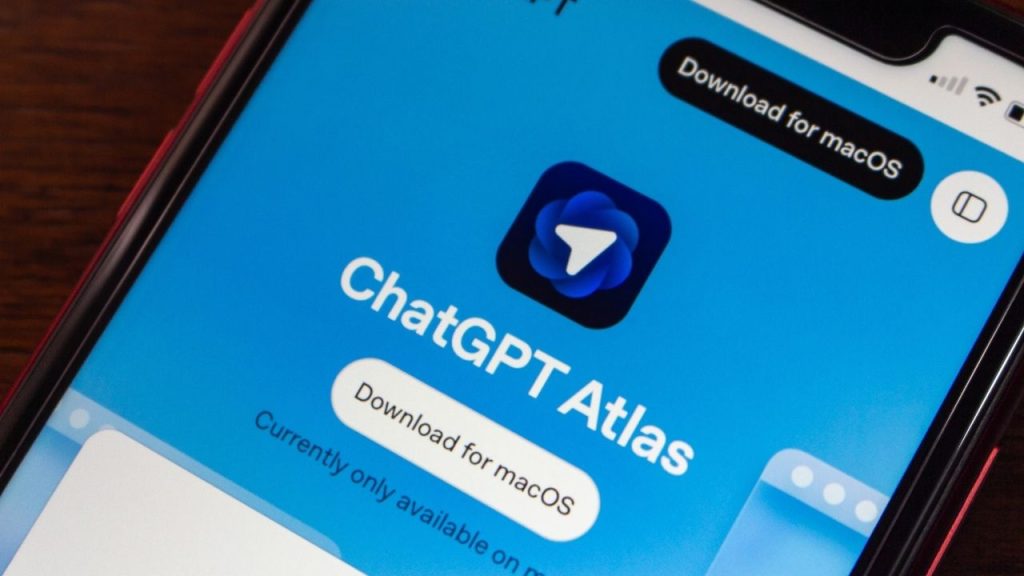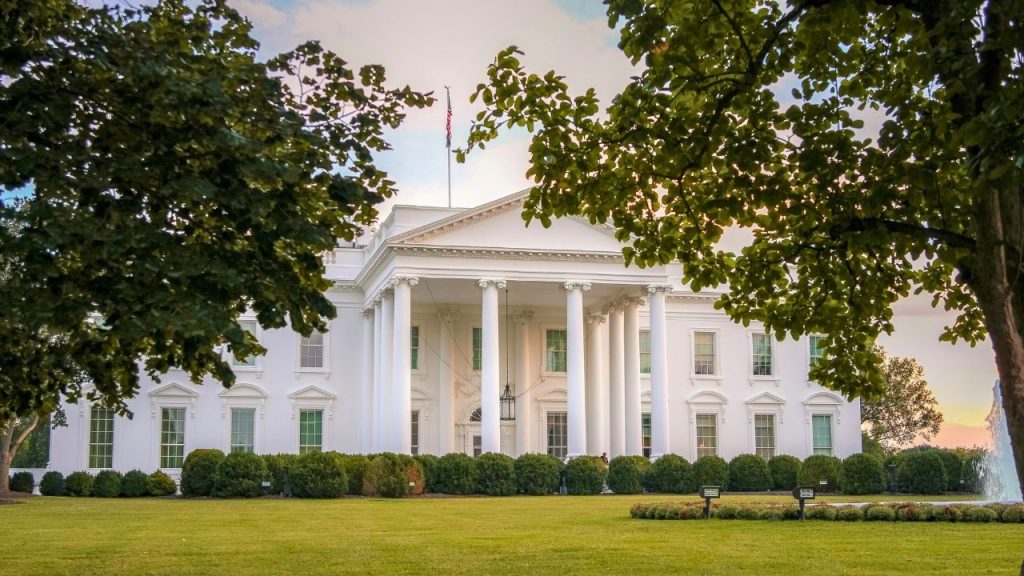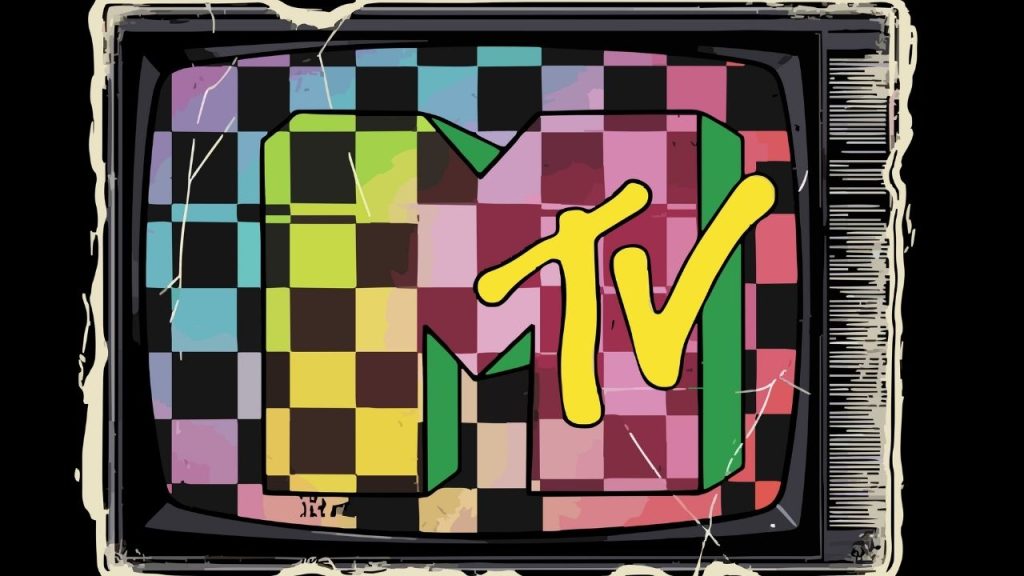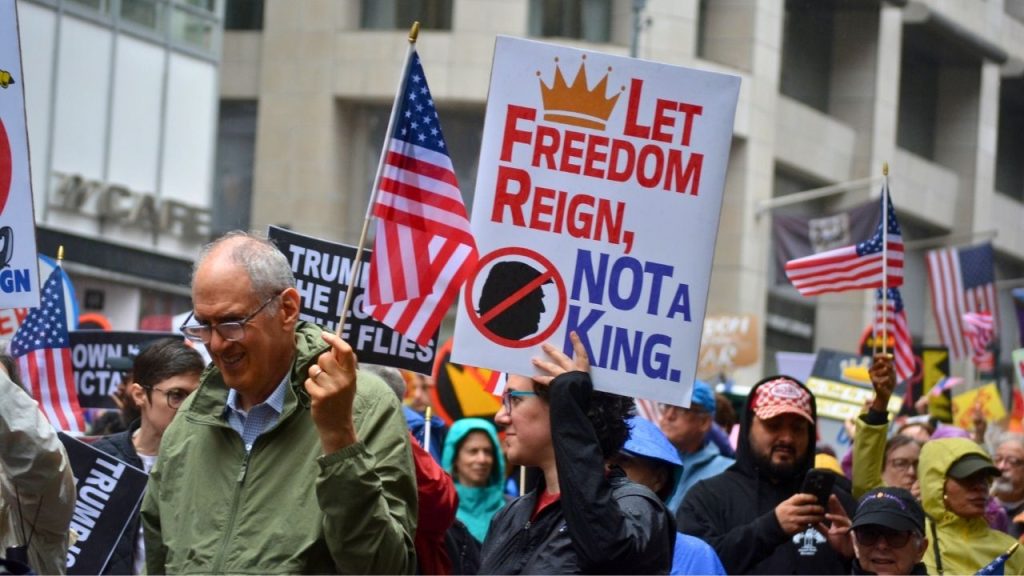The announcement that Bad Bunny will headline the 2026 Super Bowl halftime show sent a ripple through American pop culture. The choice, backed by Apple Music, Roc Nation, and the NFL, wasn’t just about music. It was about who gets to define America’s biggest stage.
On February 8, 2026, the Puerto Rican artist will take the world’s biggest stage at Levi’s Stadium in Santa Clara, bringing a Spanish-language performance to the center of America’s most-watched event.
Bad Bunny’s rise from a supermarket bagger in Vega Baja to the most-streamed artist in the world has transformed the idea of what “mainstream” American pop culture looks like. His sound, a mix of reggaetón, trap, and Caribbean soul, has turned stadium crowds bilingual.
Bad Bunny revealed he got the call in the most him way possible, mid-workout. “Jay-Z called me while I was doing pull-ups,” he told Apple Music. “After that, I just did 100 more.” The story captures the intensity that has defined his career: self-driven, restless, and always ready to perform under pressure.
Last year’s Kendrick Lamar show became one of the most-watched halftime performances in NFL history, setting expectations sky-high for 2026. Fans are already guessing who Bad Bunny might bring onstage, from Rosalía to J Balvin, and whether he’ll perform entirely in Spanish.
In his announcement through NFL.com, he said, “It’s for those who came before me and ran countless yards so I could come in and score a touchdown. This is for my people, my culture, and our history.”
It’s a statement that carries more weight this year, as his complicated relationship with performing in the United States becomes part of the story.
The Tour That Left America Off the Map
When Bad Bunny revealed his Debí Tirar Más Fotos world tour, fans quickly noticed the absence of U.S. dates. The tour includes Puerto Rico, Europe, and Latin America — but not the mainland United States. He later explained the decision wasn’t personal; it was about safety.
“There were many reasons why I didn’t show up in the U.S., and none of them were out of hate,” he told i-D magazine. “But ICE could be outside [my concert],” he told The Guardian.
The statement struck a chord. For many Latino fans, especially those in mixed-status families, the fear of immigration enforcement at public events is real.
His comment wasn’t an accusation; it was an acknowledgment. And it deepened the symbolism of what comes next: performing in the U.S. at the one event federal agencies openly monitor.
Homeland Security Secretary Kristi Noem recently confirmed that ICE agents will be “all over” the 2026 Super Bowl.
She described it as part of standard security enforcement, but her phrasing drew headlines, especially following comments by Corey Lewandowski, who said ICE would target undocumented attendees at major public events.
Bad Bunny hasn’t publicly responded. But his silence fits his style: he rarely comments directly on politics or policy. His art speaks instead through lyrics that celebrate Puerto Rico, visibility, and independence. Now, performing under visible federal security becomes part of that expression, intentional or not.
A Halftime Show That Reflects More Than Football
Behind the scenes, Roc Nation and producer Jesse Collins are shaping a performance expected to blend visual storytelling, Latin music, and surprise collaborations.
His halftime set is expected to feature bilingual songs, Puerto Rican imagery, and guest artists representing Latin music’s global reach.
He’s not performing to provoke or to make a statement about borders. He’s performing because, in 2026, Latin culture is a part of American culture.
Photo Credit: Bad Bunny (tinseltown/shutterstock)
